The immensely talented artist and printmaker, Ryan Price generously invited me to visit his studio and learn a bit about how to create a drypoint print.
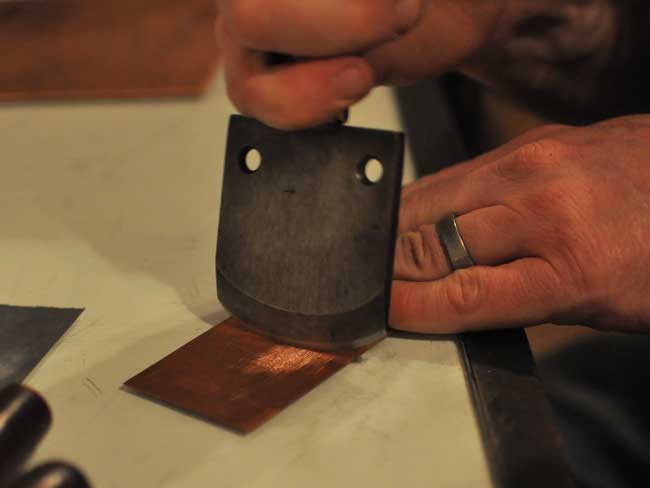
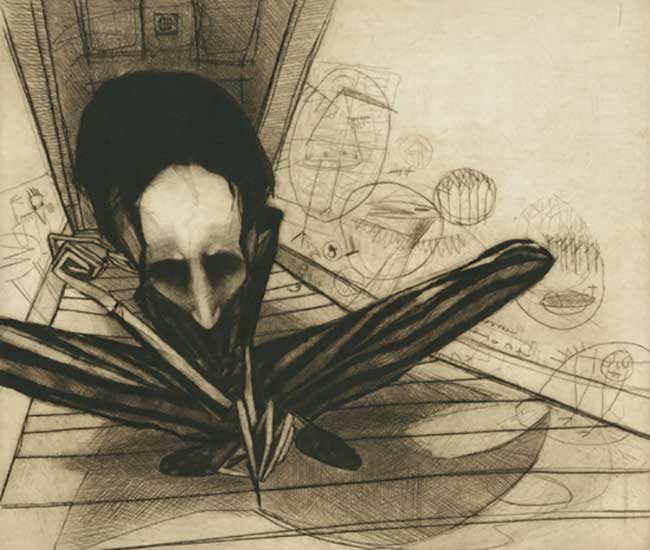
Drypoint is an intaglio printmaking method which means the image is incised into a metal plate (usually copper). With drypoint in particular, ink is held in the burr that is thrown up at the edge of the incised line in addition to the depression that is formed. It can be a very “sketchy” printmaking technique but rich blacks and lush tonal gradations can be achieved as well.
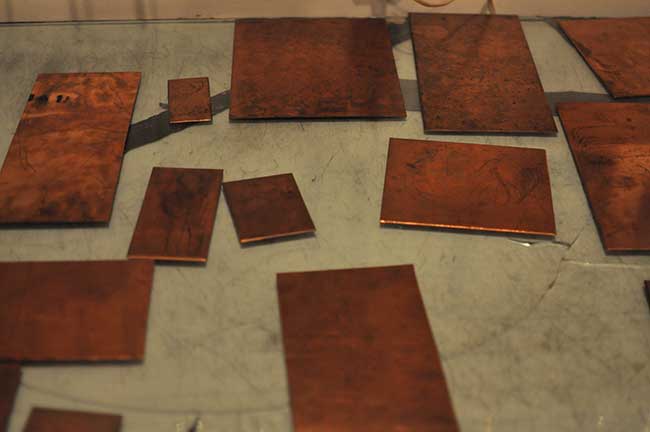
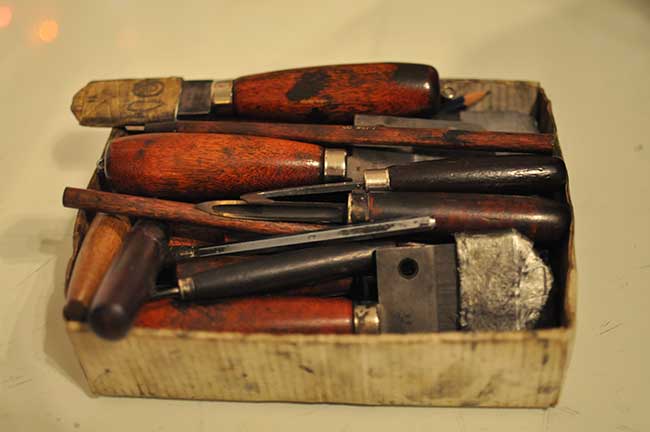
Getting Started
Ryan started by showing me the tools that are used and the kind of marks they make on the plate (scribes, burnishers and mezzotint rockers amongst others). We then prepared the plate. One of the things I really like about printmaking is the technical aspect of it; making sure all of the factors that contribute to a decent impression are properly attended to. Preparing the plate consists of filing the edges so as to not damage the press roller or paper as a print is made.
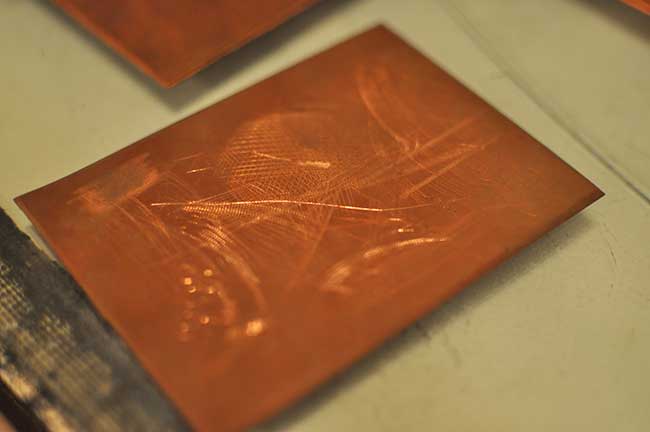
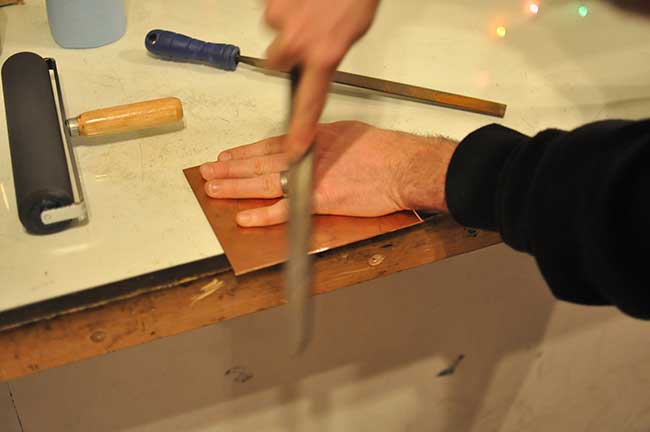
Making Marks
With that done, we began making marks on the plate. I found drypoint to give very immediate results. It’s easy to see the image developing on the plate (under suitable lighting conditions) and it becomes even more obvious once a bit of printing ink is smudged on to it (another aspect of printmaking that I like: getting my hands dirty!).
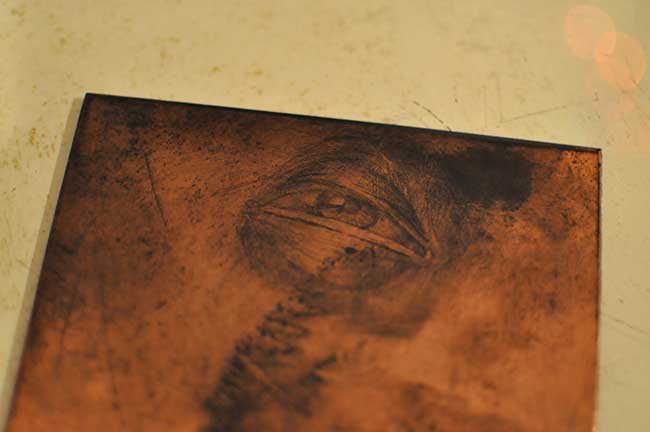
Printing
After I was satisfied with my image, we moved on to printing. Inking the plates involves covering the plate with ink to make sure it seeps into every groove and wiping the surface to remove most of the ink using Tarlatan, a very stiff cheese cloth material. This creates the gorgeous soft grey background and rich image intaglio printing is known for.
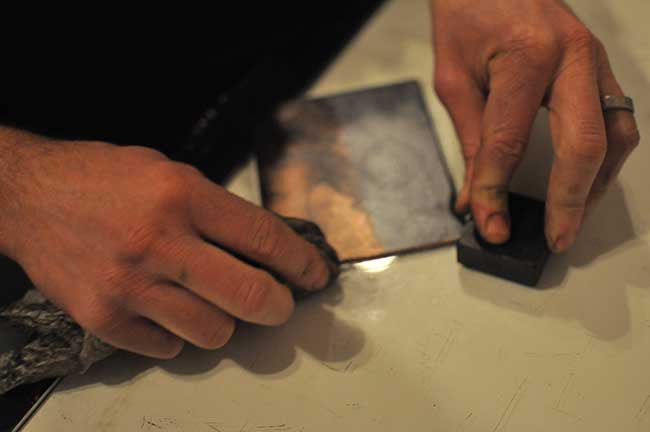
High quality paper is a very important factor in this type of printmaking method — even for artist’s proofs (we used BFK Rives). The paper is soaked in water and patted dry to remove any surface moisture, then placed on the inked plate and run through the press. An etching press is required for this as the pressure required for a good impression is quite high. Ryan has a large (and incredibly heavy) Praga press but more affordable tabletop etching presses will also do the job.
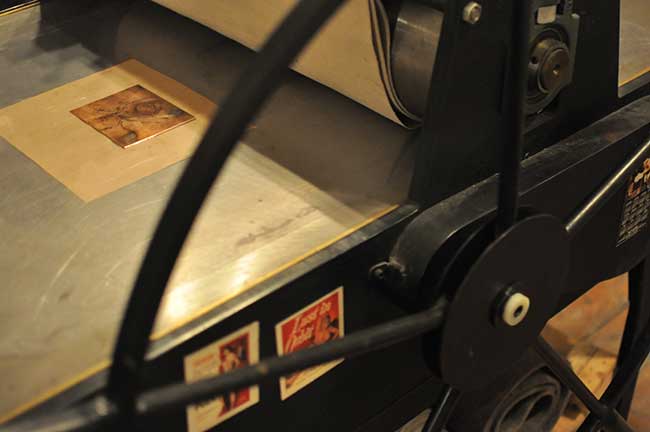
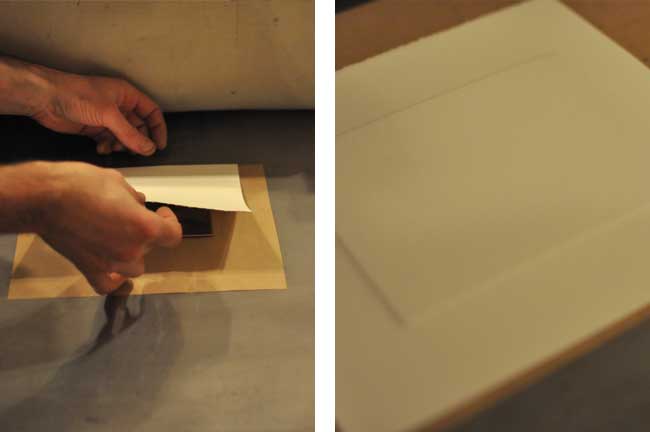
The Proof
Seeing my first printed drypoint was a real treat. I love the quality of the impression and how it differed from my expectation. I’m not totally in love with the composition but it was just to get a feel for the technique anyway.

Since this was my first attempt at drypoint, I only printed the one proof — I plan on creating another drypoint and printing a full edition next. Stay tuned for that!